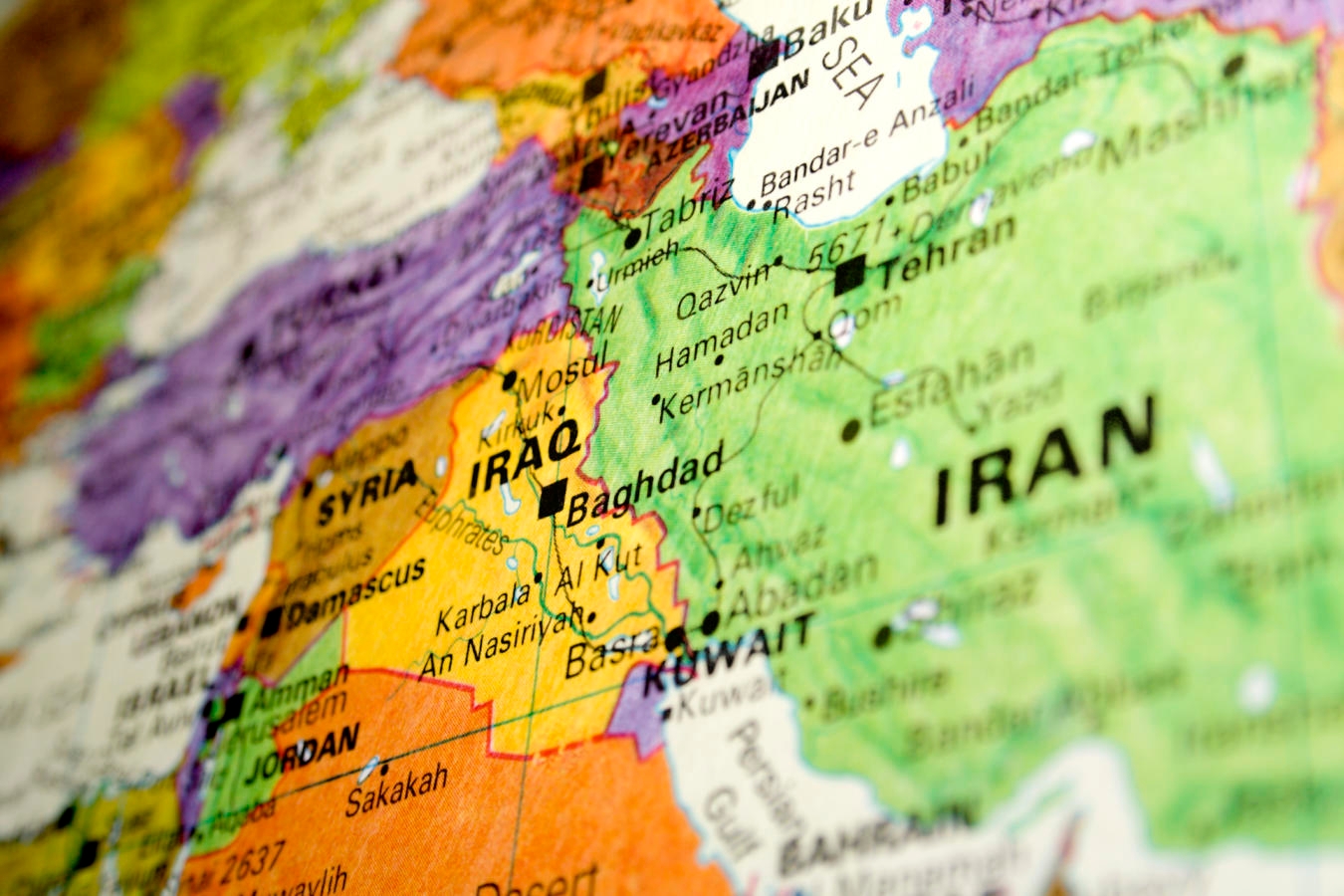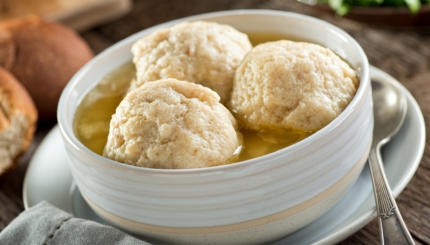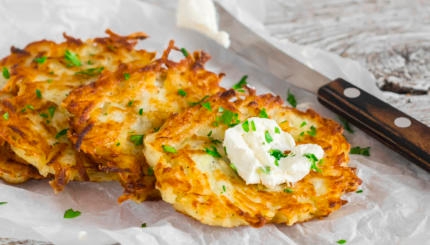Baghdad (Iraq)
Baghdad, the Great City, was founded in 762 and Jews have resided there from the beginning. The traveler, Benjamin of Tudela (1127‑1173), recorded in his diary that there were about 40,000 Jews in Baghdad, dwelling “in security, prosperity and honor under the great Caliph.” There were 28 synagogues at this time, supporting wise men, philosophers, and magicians who were expert in witchcraft—a great center of Judaic learning and a factor in spreading education and progress in Iraq. The people studied Judaic lore and spoke a Judeo‑Arabic language. The Jews were traders bringing silk and spices from China, but also dealt in textiles, indigo, liquor, medicine and precious stones.
From the ninth to the 17th centuries the vicissitudes of political disputes and tribal controversies were menacing. The conquest of Baghdad, first by the Mongols in the 13th century, followed by Tamerlane, and then the Ottoman Empire’s struggle with the fanatical Persians, brought about a political seesaw of prosperity and denial for the Jews, always at the whim of the incumbent ruler.
Starting with the British administration during World War I and for some years afterward, conditions improved for the Jews. During this mandate the Jewish population swelled to 100,000. Oppressive activity during 1947 reduced the numbers to about 77,000.

Help us keep Jewish knowledge accessible to millions of people around the world.
Your donation to My Jewish Learning fuels endless journeys of Jewish discovery. With your help, My Jewish Learning can continue to provide nonstop opportunities for learning, connection and growth.
But through it all, the food was a constant and uniting factor, since favorite dishes travel with the community wherever it may go. The Baghdadi specialize in soups, a variety of dumplings, and rice dishes—the same as many other communities. The difference is in the seasonings—hot chili and the intense spice mixes have been replaced by the herbal seasonings of the Middle East. Judaic ritual is followed, resulting in many slow‑cooked preparations.
Persia (Iran)
In a culinary way the Persian Jewish cuisine follows closely the cooking of their Muslim neighbors. The dietary laws of are followed with the only differences those based on family preferences.
The Persian style of cooking must be included in the list of the world’s greatest cuisines. It is cooking flavored with herbs without the sting of chilies or the overpowering essence of garlic. The quantity, quality and variety of herbs is the outstanding characteristic of their cooking.
I naturally compare the cooking of Persia with that of India, where I lived for many years, since they are both Indo‑European peoples and geographical neighbors. The Indians opted for hot foods using many spices to develop a pungency that is altogether addictive for some. Persian cooking has been more partial to herbs and it resulted in a more understated cuisine than the Indian. Both have their aficionados. The surprise is that people of the same race developed cuisines with completely opposite emphases.
Rice is the dominant grain in Persia and the Persians are the world’s greatest rice cookers. No other cuisine produces such a variety of unconventional rice combinations. Fruits and vegetables are both used in combination with rice. Spice seeds are added to provide crunch and texture; herbs are generously added to rice dishes to complement egg and dairy foods, and there are sweet rices eaten with meat. What other cuisine has the ingenuity and adventurous spirit to adorn rice with a sweetened mélange of cherries, dried orange peel, and almonds?
In the Persian stew, khoresht, small amounts of meat and poultry are glorified with a variety of chopped herbs. Herbs both well known and esoteric are added by handfuls to their recipes. All of these herbs and spices are used in Persian cooking: basil (rayhon), black pepper (felfel), cardamom (hail), celery (karafs), chive (tareh), cinnamon (darchin), coriander (tochme gishneez), cuminseed (zeere), dill (shevit), fenugreek (chambaliley), leek (tareh faranghi), marjoram (golpar), mint (nano), oregano (osha), parsley, large‑leaf (jafaree), saffron, savory (marzey), scallion (piaz cheh), sumac (sumac), tarragon (tarchum), turmeric (zardchubeh).
Onion, but not garlic, is ubiquitous. The Persians in antiquity thickened their savory or sweet dishes with powdered walnuts, and the idea (disseminated through conquest) was taken up with alacrity by the Arabs and Romans. Fesenjan, a world class stew of walnuts, pomegranate and meat or poultry, is extraordinary.
Persian Jewish food, with its preoccupation with herbs, vegetables and moderate amounts of meat, is a relevant cuisine for our day. Cooking without excessive reliance on fats and oils is a hallmark of the Persians.
Excerpted and reprinted with permission from Sephardic Cooking, published by Donald I. Fine, Inc.



